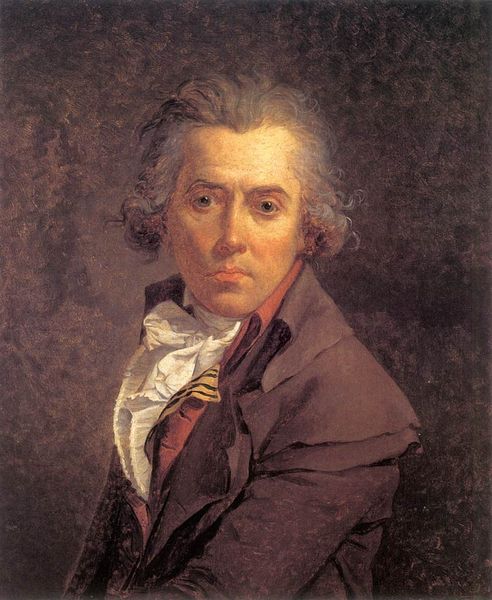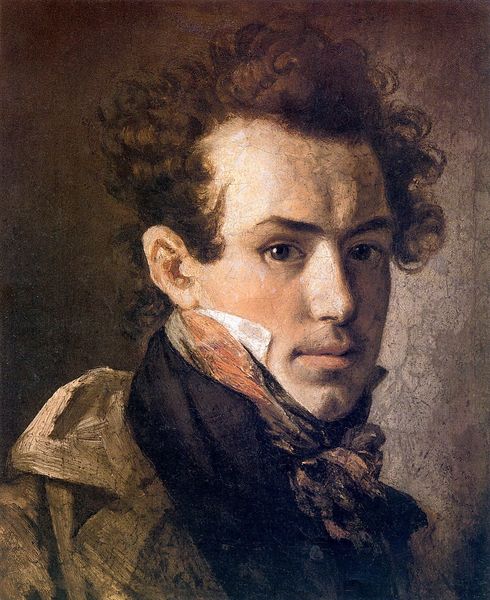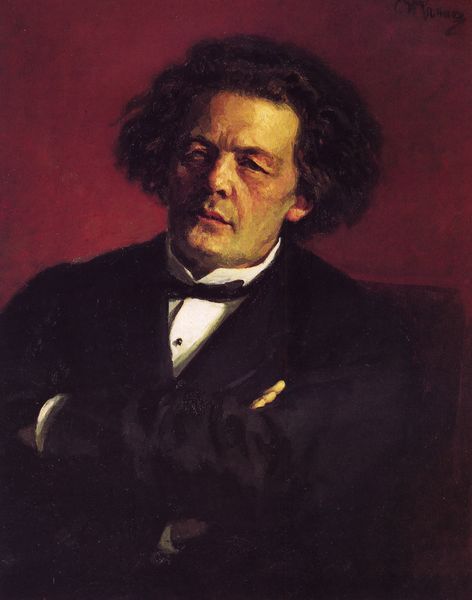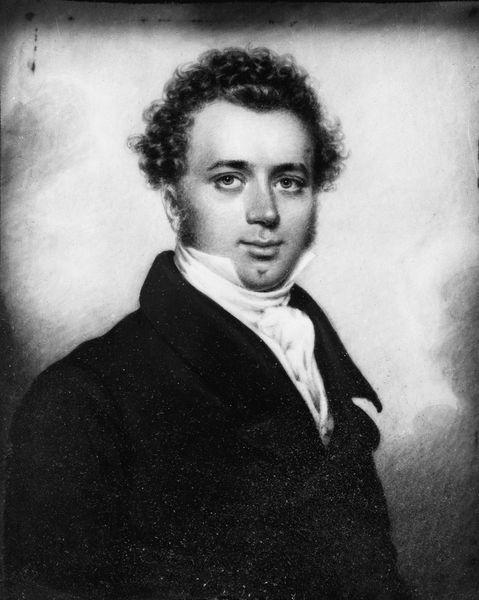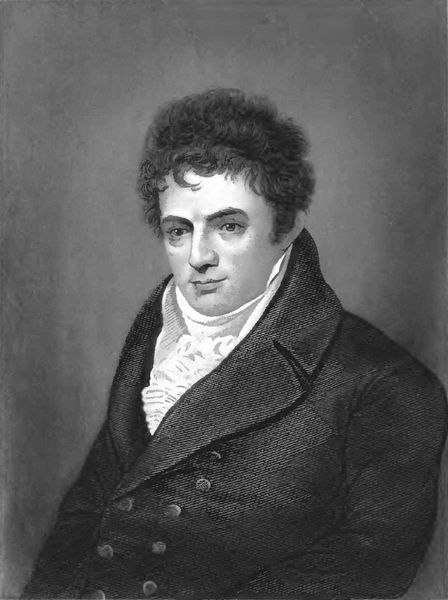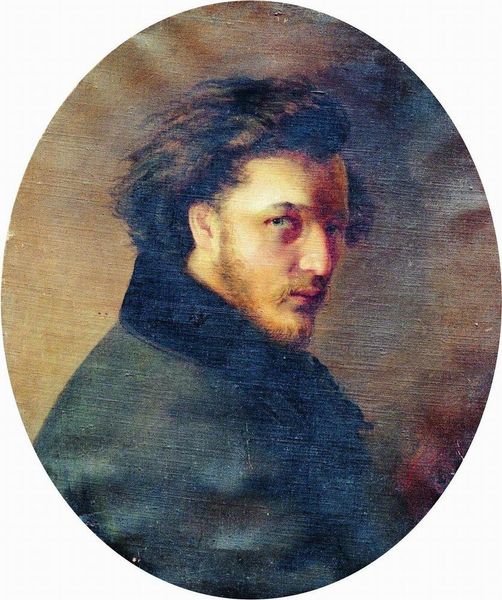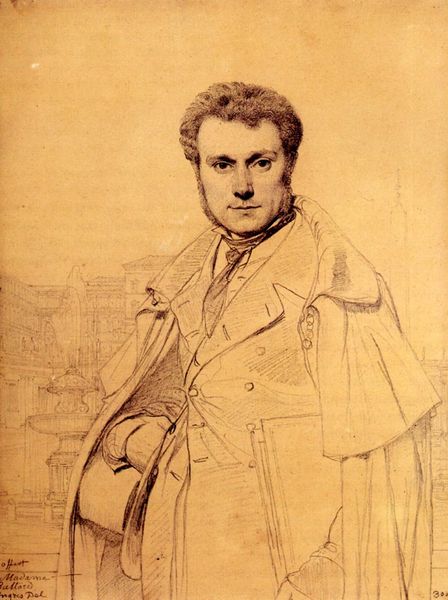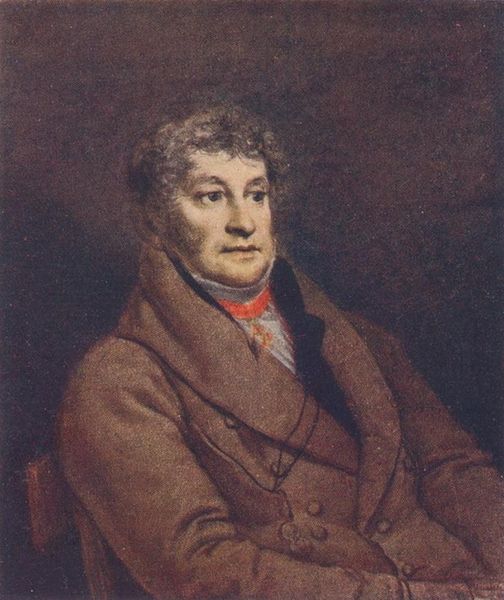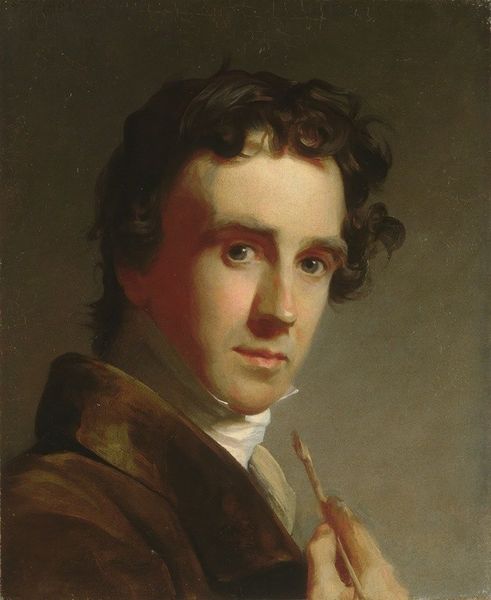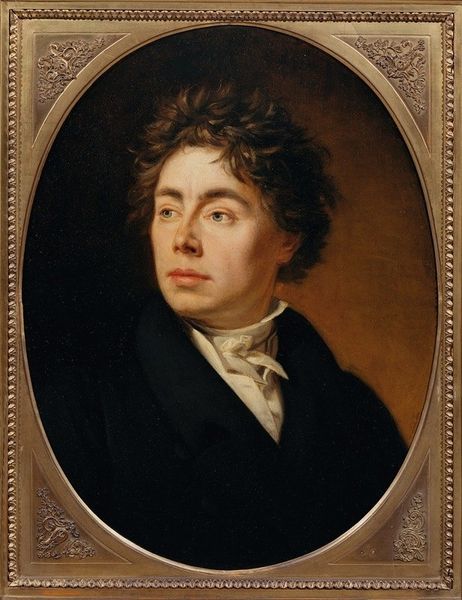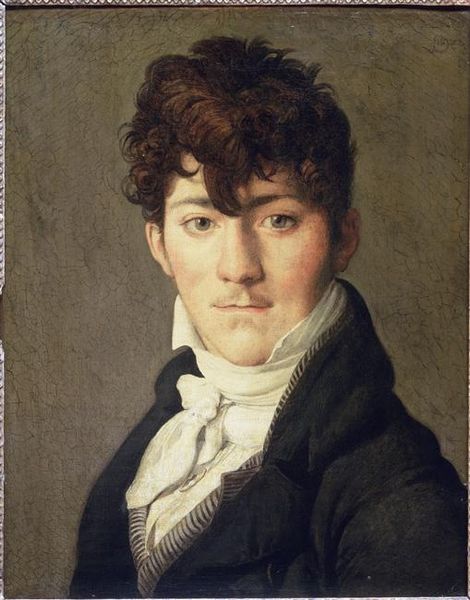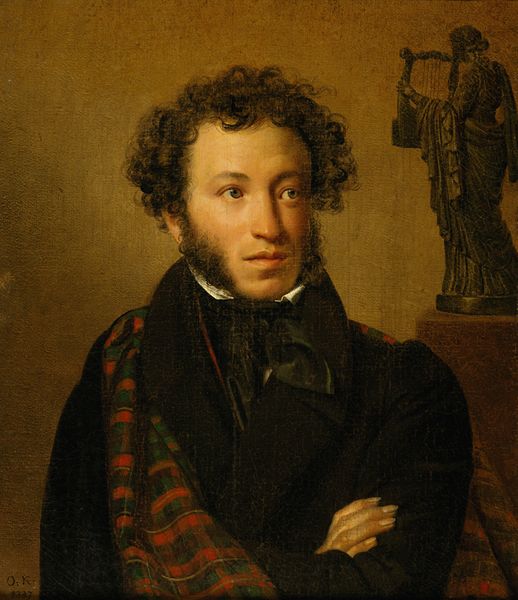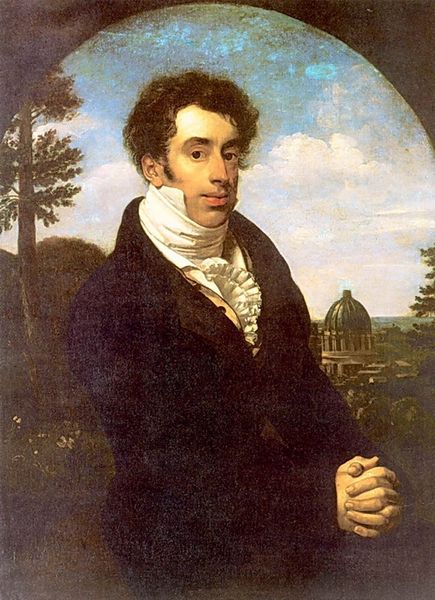
painting, oil-paint
#
portrait
#
painting
#
oil-paint
#
landscape
#
romanticism
#
history-painting
Copyright: Public domain
Editor: Here we have Anne-Louis Girodet's 1808 oil painting, "Chateaubriand Meditating on the Ruins of Rome." He looks lost in thought, doesn't he? Melancholy almost, with those ruins looming behind. What do you see in this piece? Curator: Lost, perhaps. Or found? Imagine Rome in 1808 – a glorious echo of power, now…well, ruins. Chateaubriand was the rock star of Romanticism. Girodet captures that yearning, that very fashionable *ennui*. Notice how his hand almost clutches his heart, a very studied pose, amidst nature devouring stone. Tell me, does the setting complement or contrast with the figure? Editor: I think it definitely complements him! He's framed by this romantic decay, which emphasizes his pensive mood. It's all very picturesque. Curator: Precisely! Girodet, a former student of David, uses neoclassicism to frame Romanticism. The colors, the pose, all meticulously constructed to evoke emotion, that overwhelming feeling of confronting history and one’s own mortality. It’s both dramatic and… terribly French, don’t you think? Editor: It does feel very staged now that you mention it. Almost like he's posing. Which kind of takes away from the feeling of spontaneous reflection. Curator: Ah, but isn’t that the delicious irony? We are invited to witness a performance of authenticity! It is very carefully orchestrated spontaneity! Art imitating… an imagined life. Editor: That’s such an interesting point. So, is the painting really about Chateaubriand, or is it about the performance of being Chateaubriand? Curator: Exactly! Perhaps Girodet is gently poking fun at the very Romanticism he’s embracing. Or perhaps he is just a fabulous painter who is having fun blurring the lines of representation! Editor: Wow, I never considered it that way. I’ll never look at a "candid" portrait the same way again!
Comments
No comments
Be the first to comment and join the conversation on the ultimate creative platform.
